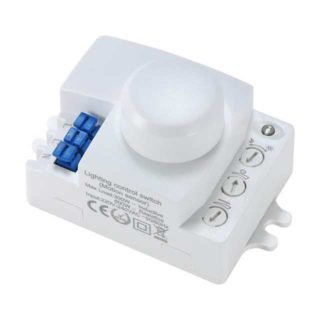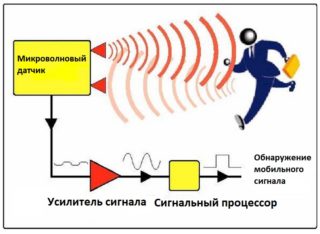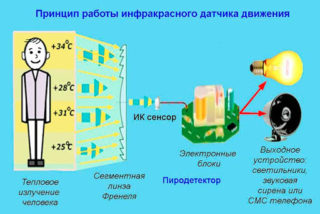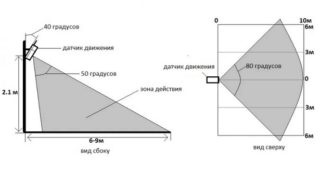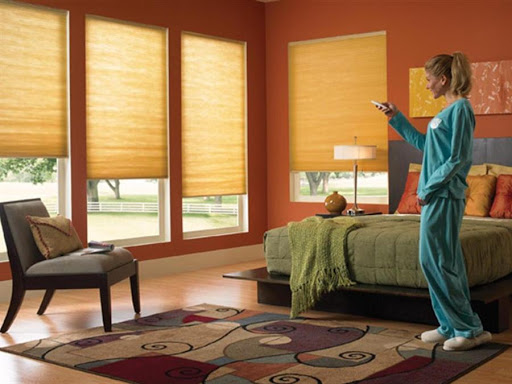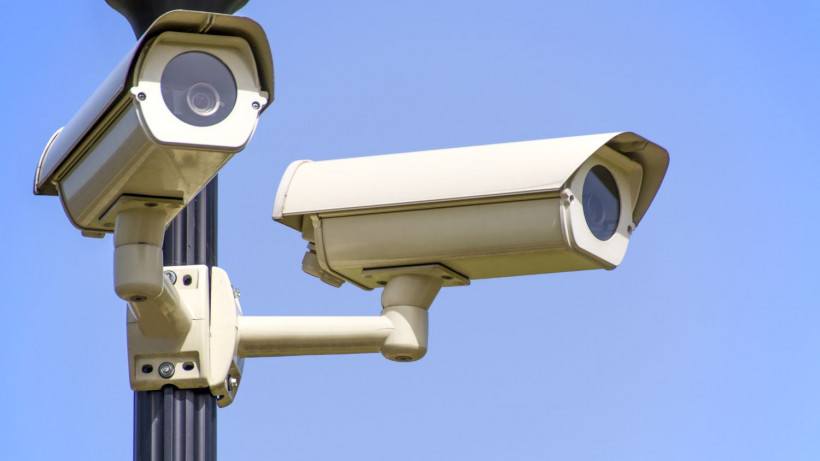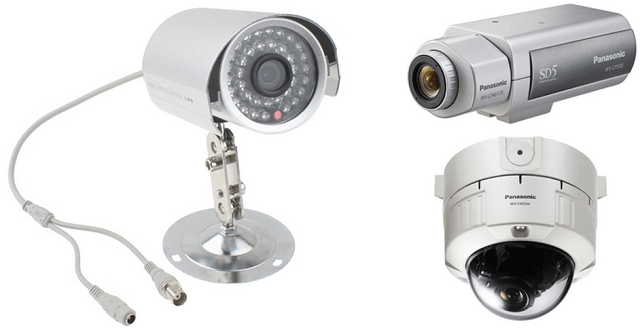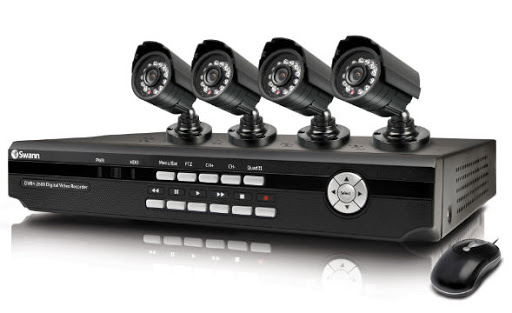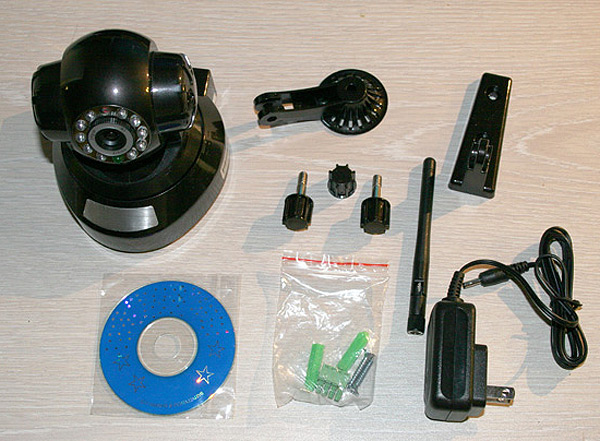The microwave motion sensor is a system that enhances safety and convenience in a private or industrial environment. With it, you can configure the automatic activation of lights, alarms and other functions depending on your needs. Before purchasing a sensor, it will be useful to study its principle of operation, design and characteristics, as well as available applications.
How the microwave motion sensor works
In this case, the movement of the object is recorded and the speed of its movement is monitored. After detecting any activity, the circuit of the device is closed, which reacts to objects using sound or light signals. When the movement stops, the circuit is opened inside the structure, the lighting and sound are turned off, then the sensor goes into sleep or standby mode.
Device and characteristics
On the other side, there is a power relay and a microwave module with a power circuit capacitor. The device itself has three contacts for power supply, general and information output. A standard sensor can operate at an operating voltage of 3.3-20 V, temperatures from -20 to +80 degrees. It has a circular pattern and can be triggered no matter which side the movement appears from. The detection range of the device is 3 to 8 meters.
The device can be connected in several ways, including turning on a light bulb directly from the sensor. You can also configure the simultaneous activation of the device and the switch, the ability to turn off the sensor during the day and turn on the light bulb from two devices that are located at different points.
Microwave versus infrared sensor
Microwave devices have a low switched load, which makes it possible to combine them with low-power light bulbs and lighting fixtures. With their help, you can save electricity and reduce its consumption by 40% per month due to the autonomous operation of the sensor.
Infrared counterparts do not have such advantages, they work poorly in strong winds, are exposed to sunlight, which affects their performance and accuracy. They cannot recognize the activity of objects hidden behind walls or other objects. Moreover, such sensors are safe for people and animals, since they do not emit harmful substances into the atmosphere, unlike microwave devices.
Criterias of choice
- manufacturer's brand;
- permissible power during operation;
- viewing angle;
- way of work - from batteries or power supply;
- the weight of the device and its dimensions.
In addition to these parameters, there are other criteria to be considered that will be relevant to the particular installation and monitoring environment. This also applies to the cost of the device, which depends on the sensitivity of the sensor, brand awareness, and the availability of options.
Sensors of all types can be used in conjunction with sensors and timers in devices for tracking and controlling the operation of lighting devices of various configurations.
Installation diagram
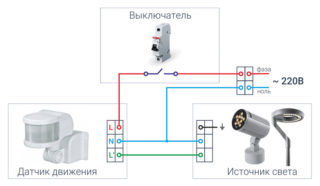
The sensor connection diagram depends on its type, the device can be wired or wireless. In the first case, you need to take into account the rules for connecting wiring cables and follow the instructions that come with the device. Before connecting, first turn off the power supply and follow the step-by-step recommendations. Wireless devices operate on rechargeable batteries or batteries and are divided into two types: radio wave and radio channel. When connected, they are synchronized with the radio control room, the relay of which outputs data to the GSM controller or receiver. Before installing the sensor, you need to find the common zero, the phases of the output and the facade. After determining the place for installing the power supply, it is best to choose a site near the outlet, all the necessary manipulations with connecting the wires are carried out there.
Then you need to put LED bulbs, adjust the aperture and adjust the device to the desired viewing angle. At the final stage, a protective case cover is attached to the device, the light in the room is turned off and the sensor is connected to the mains. The device must be turned on and checked for correct operation, then it is necessary to turn off the light and disconnect the device from the network, after the lighting is turned on again. If both tests pass without fail, the sensor has been configured successfully.
Each device has its own individual scheme, so when connecting, you should be guided by the instruction manual from a specific manufacturer.
Scope of application of sensors
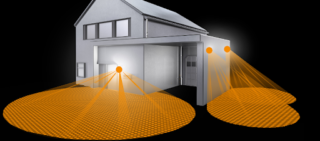
Thanks to the ability to “see” through internal and external walls or partitions, the capabilities of the sensors have significantly increased. They are often used as elements of private and corporate security systems. One microwave device is sufficient for four rooms with adjacent walls and three floors in a multi-storey building. In addition, such devices can be used as outdoor detectors to guard the outer perimeter of the room. This allows you to significantly save the cost of arranging complex systems such as OPS, reduce the number of alarm devices and the amount of installation work.
The principle of operation of microwave devices does not allow them to operate in a passive tracking state. For this reason, their operation is impossible offline for a long time. As an alternative, manufacturers offer combined microwave and IR sensors that can duplicate each other on two separate channels. This way of working eliminates false alarms of devices and the possibility of temperature masking of moving objects. Sensors of this type are well suited for outdoor installation in houses, summer cottages, garages, apartments and office buildings.
Microwave motion sensors can be used to regulate fountain firing, control lighting in swimming pools or artificial reservoirs, and adjust lighting near building entrances and security facilities.

